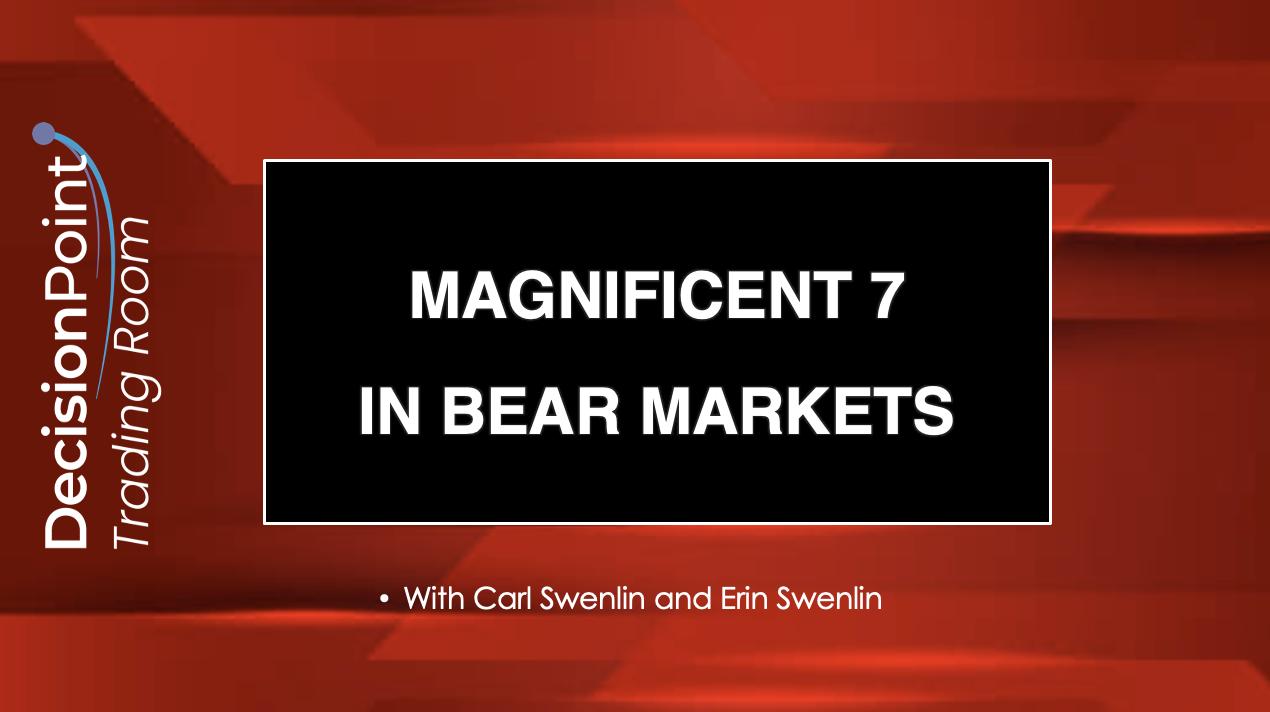TAKEAWAYS
- Small caps saw an impressive surge in July, outpacing the S&P 500 in that month alone.
- IWM, a Russelll 2000 proxy, is only 8% away from its all-time highs, potentially signaling the start of a new bull market.
- As IWM pulls back (along with the rest of the market), it's important to keep an eye on some key levels.

In July alone, the iShares Russell 2000 ETF jumped upwards of 12%, outpacing the S&P 500, before retracing half that distance. Historically, the Russell (in general) hasn't done as well as other major indexes, mainly because it doesn't have the same exposure to fast-growing tech companies. However, that lack of exposure is driving its surge, as investors may be rotating out of tech and into small caps.
What this might indicate: The small cap surge signals a shift in market sentiment, with investors eyeing opportunities beyond the tech sector.
The Macro View
Let's take a look at the chart below: iShares Russell 2000 ETF (IWM).
CHART 1. WEEKLY CHART OF IWM. The Russell 2000 proxy is recovering from a decline and a lengthy trading range.
IWM was in a bear market from the end of 2021 to the middle of 2022 (see blue dotted line), losing 31% of its value from its all-time high of $235.46. It then got caught in a broad trading range (see green rectangle), finally breaking out at the beginning of 2024.
Despite its impressive rise, IWM must break past $235.46 and keep climbing to confirm a new small-cap bull market.
So, are we at the start of a new bull market for small caps?
If so, IWM is only 8% away from that mark.
But ... Why IWM, and Why Now?
The Russell 2000 is more balanced and diversified than the S&P 500. Its largest stock holding makes up only 1.7% of the index (meaning less concentration risk). Also, IWM trades at a P/E of 16.9, which is cheaper than the S&P's 24.3 ratio.
Why now? Falling interest rates typically create a favorable economic environment for small caps. Overall, small-cap stocks tend to shine in periods of economic recovery and when interest rates are favorable.
Depending on your perspective on the economy over the last few years, there are either potential rate cuts on the horizon or both an awful economy and potential rate cuts soon.
Key Levels to Watch
Thursday was a particularly bad day on Wall Street, with the Dow plunging 700 points, the S&P 500 down 1.9%, and the Nasdaq and Russell, losing over 3%.
Following the broader market, you can see the IWM tumble in the chart below.
CHART 2. DAILY CHART OF IWM. Wow, look at that tumble.
If IWM is to challenge its all-time high of $235.46 and proclaim a new bull market, it doesn't look like it has enough momentum to do so, as the Chaikin Money Flow (CMF) shows ... well ... no convincing money flow either from the bull or bear side.
The StockChartsTechnicalRank (SCTR) score looks promising, jumping above 90 again (indicating several technical indicators are bullish across multiple timeframes). However, with the broader market being bearish on this day, IWM is feeling the pressure.

The key level to keep an eye on is around $205. High volume concentration (look at the Volume-by-Price indicator) coincides with the projected Kumo support level and the 38.2% Fibonacci retracement level, making it a strong range of interest and potential buying. And if IWM falls below this level, you have down to $187.50—where the 61.8% Fib retracement and the January lowest swing low of the year happen to meet—to find favorable buying opportunities. Keep an eye on momentum; the more bullish, the more favorable.
Closing Bell
Small caps look to be making a comeback. IWM needs to break $235.46 to confirm a new bull market, and it's just 8% away. Investors may be rotating out of tech stocks and into small caps, drawn by lower P/E ratios and other diversification benefits. If you want to get in on the action, keep an eye on key levels around $205 and $197.50 for buying opportunities. Market sentiment may shift big time as the likelihood of rate cuts looks more promising.
Disclaimer: This blog is for educational purposes only and should not be construed as financial advice. The ideas and strategies should never be used without first assessing your own personal and financial situation, or without consulting a financial professional.
Happy charting!






